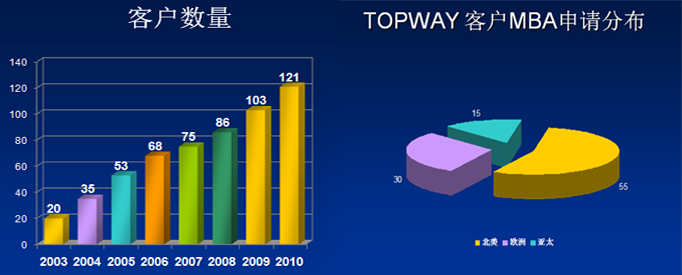|
 
- 精华
- 1
- 积分
- 3606
- 经验
- 3606 点
- 威望
- 325 点
- 金钱
- 912 ¥
- 魅力
- 555
|
大全-13-10. Today’s low gasoline prices make consumers willing to indulge their preference for larger cars, which consume greater amounts of gasoline as fuel. So United States automakers are unwilling to pursue the development of new fuel-efficient technologies aggressively. The particular reluctance of the United States automobile industry to do so, however, could threaten the industry’s future.
虽然大型车耗油多,但目前油价很低,所以当今消费者青睐大型车. 因此,美国汽车制造商不愿意追求发展新的省油技术.然而汽车制造行业的这种做法会给该行业的未来带来危机.
Which of the following, if true, would provide the most support for the claim above about the future of the United States automobile industry?
(A) A prototype fuel-efficient vehicle, built five years ago, achieves a very high 81 miles per gallon on the highway and 63 in the city, but its materials are relatively costly.
(B) Small cars sold by manufacturers in the United States are more fuel efficient now than before the sudden jump in oil prices in 1973.
(C) Automakers elsewhere in the world have slowed the introduction of fuel-efficient technologies but have pressed ahead with research and development of them in preparation for a predicted rise in world oil prices.
世界其它各地的制造商虽然也减缓了对省油技术的引进,但坚决继续进行对该技术的研发以迎接全球油价上涨. (油价上涨后别的国家可以使用上他们已经准备好的技术,但US没有,所以会面临危机.)
(D) There are many technological opportunities for reducing the waste of energy in cars and light trucks through weight, aerodynamic drag, and braking friction.
(E) The promotion of mass transit over automobiles as an alternative mode of transportation has encountered consumer resistance that is due in part to the failure of mass transit to accommodate the wide dispersal of points of origin and destinations for trips. |
|


